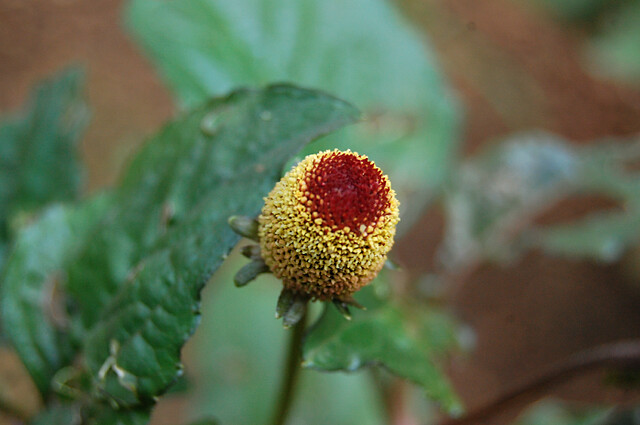Botanical Description:
Scientific Name: Salvia officinalis
Common Names: Sage
Description:
Sage (Salvia officinalis) is a perennial herb known for its aromatic leaves and diverse uses in culinary and medicinal traditions. Explore the traditional uses, constituents, and applications of Sage in this Materia Medica.
Disclaimer:
This Materia Medica is provided for informational purposes only and should not replace professional medical advice. Please consult with a qualified healthcare practitioner or herbalist before using any herbal remedies.
Therapeutic Actions:
- Antioxidant:
- Sage is rich in antioxidants, contributing to its potential health-promoting effects.
- Anti-Inflammatory:
- It is traditionally used for its anti-inflammatory properties, potentially beneficial for various conditions.
- Cognitive Support:
- Sage has been associated with cognitive support, potentially improving memory and mental clarity.
- Digestive Aid:
- Sage is used as a digestive aid, supporting overall digestive health.
Constituents:
- Essential Oils:
- Sage contains essential oils, including thujone and cineole, contributing to its aroma and potential medicinal effects.
- Flavonoids:
- Presence of flavonoids adds to the overall antioxidant effects of Sage.
- Rosmarinic Acid:
- Rosmarinic acid, found in Sage, is known for its anti-inflammatory properties.
Traditional Uses:
- Cognitive Function:
- Sage has been traditionally used to support cognitive function, memory, and mental clarity.
- Sore Throat and Cough:
- It is employed for its soothing effects on the throat and may be used for respiratory comfort.
- Digestive Comfort:
- Sage is used as a digestive aid, potentially relieving digestive discomfort.
- Topical Applications:
- Sage-infused oils or balms may be used topically for skin-related issues.
Dosage and Preparation:
- Sage Tea:
- Infusions or teas made from dried Sage leaves can be prepared and consumed. Dosage may vary based on the intended application.
- Sage Essential Oil:
- Sage essential oil can be used aromatically or diluted for topical use. Caution is advised, and it should be used in moderation.
Cautions and Considerations:
- Thujone Content:
- Sage contains thujone, and excessive consumption should be avoided due to potential neurotoxic effects.
- Pregnancy and Breastfeeding:
- Safety during pregnancy and breastfeeding is not well-established, and consultation with a healthcare professional is recommended.
- Allergies:
- Individuals with known allergies to plants in the Lamiaceae family should exercise caution.
Conclusion:
Sage, with its aromatic leaves and diverse applications, holds a significant place in both culinary and traditional medicine. Whether used for cognitive support, respiratory comfort, digestive aid, or topical applications, Sage offers a versatile herbal option. This Exhaustive Materia Medica aims to provide comprehensive insights into Sage’s botanical description, therapeutic actions, constituents, traditional uses, dosage, precautions, and applications. For personalized guidance, consultation with healthcare professionals or herbalists is recommended to ensure safe and effective utilization of Sage as a herbal remedy.





